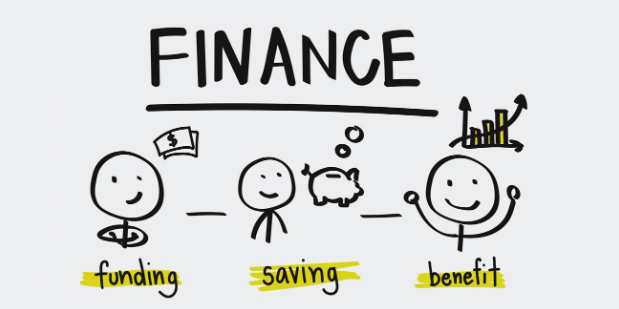The financial service industry is a complex compendium of banking and securities, commercial real estate, investment management and insurance. In 2016, this mammoth sector represented 7.3 percent (or $1.4 trillion) of U.S. gross domestic product. What does employee engagement look like in a sophisticated industry employing more than 6.2 million Americans?
In general terms, there’s huge competition and expense for this highly educated pool of talent. People with financial knowledge and skills are in big demand. And they easily transfer into more roles than probably any other sector. Numeracy knows no borders.
But when it comes to each sub sector their unique cultures impact employee engagement for very different reasons.
Altruistic and customer or member-focused, smaller banks and credit unions struggle for a share of wallet. According to banking lawyers Robert Klinger and Jonathon Hightowers, three-quarters of chartered banking institutions in the United States, some 4,517 in total, fall into this category. Over the last decade, however, numbers have dropped 32% from 7,373. Competitive market, economic and technology pressures are taking a toll.
As the portal into financial services, turnover within this subsector is astronomical. Employee and customer retention are major engagement issues alongside the need for visionary leadership, innovation and creativity to secure financial stability.
Customer positioned but revenue driven
Larger banking institutions, securities and investment firms are ultra competitive, mercantile cultures driven by making money. Although compensation plays a nominal “satisfier” role in most businesses, within these subsectors compensation is a key performance indicator. If a competitor offers even the slightest bit more, talent will move.
What’s more, these subsectors tend to market and build relations with corporate clients and high net worth individuals based on the skills and personalities of their talent. However, when talent moves, they take those relationships with them.
Establishing a collaborative spirit in such an ultra-competitive environment is tough. TalentMap has found when market performance is up, engagement is up. In off-market years (the financial crash of 2008-’09), engagement sags. While compensation is an important engagement factor unique to these financial subsectors, despite their size and corporate culture differences, customer satisfaction and employee retention resonate as much among these groups as they do for smaller banking establishments.
Insurance underwriters bear the weight of heavy bureaucracy. For insurance brokers, it’s all about high volume operations. For both, policies and processes and cost-effective efficiencies are critical. Attention is focused with laser like precision on agility and innovation, inspiring and engaging employees to find more effective ways of doing business.
All financial service institutions are contending with regulatory challenges, changing demographics and disruptive technologies (AI and machine learning, blockchain and bitcoin). As such, learning and professional development are more relevant than ever.
In educated financial service spheres employees expect more consultation and decision-making input. Visible, approachable leadership is key.
Northleaf Capital Partners is a leading independent global private equity, infrastructure and private credit manager, with more than $10 billion in commitments under management on behalf of public, corporate and multi-employer pension plans, endowments, foundations, financial institutions and family offices. One of TalentMap’s gold standard employee engagement clients, the company’s executive team makes sure to spend one-on-one time with every new employee. This onboarding leadership practice is a major factor credited for an exceptional 87% engagement rate. Northleaf Capital Partners also goes beyond their financial mission to engage employees through Corporate Social Responsibility charity work. Once every three months, the firm’s leadership team and employees trade investment portfolios for kitchen chopping blocks and cook for those less fortunate. Spending business time volunteering serves up a lot more than goodwill. Leadership is more visible, more approachable in an informal setting. The firm’s team see one another as people with a common purpose and a shared sense of pride.
The overarching characteristic of this leading financial institution and others like them is they weave employee engagement into the very fabric of their organizations, making sure senior leadership buys into it lock, stock and barrel. Engagement becomes a part of their corporate capital.
TalentMap has helped countless world-class, public and private sector organizations of all sizes leverage workplace intelligence to create positive organizational change. Build an engaging work culture by adopting a continuous feedback model including ongoing measuring, monitoring and developing effective action planning strategies for workplace improvement.





